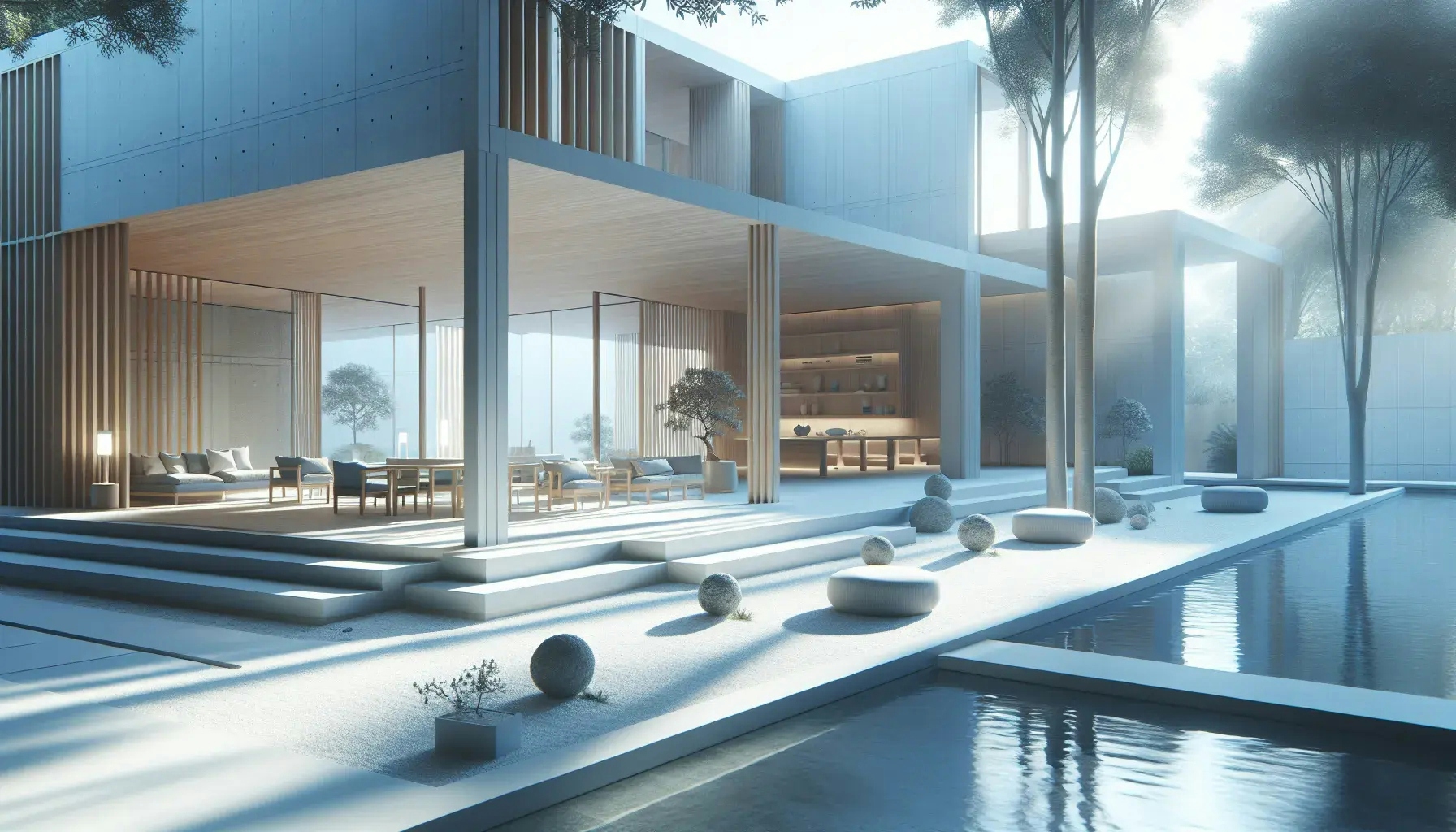Sustainable Design Principles in Architecture
Architect Today

The world of architecture is embracing a new era, one that prioritizes sustainability. This blog post delves into the principles of sustainable design in architecture, a concept that is revolutionizing the industry. We will explore what these principles are, their importance, and how architects are incorporating them into their designs.
Understanding Sustainable Design in Architecture
Sustainable design in architecture is not a new concept, but it is gaining more attention in recent years. It revolves around the idea of creating buildings that minimize environmental impact, are energy efficient, and promote the well-being of the occupants.
The principles of sustainable design serve as a guide for architects. They help in the creation of buildings that are not only aesthetically pleasing but also environmentally friendly. These principles are not rigid rules but flexible guidelines that architects can adapt to their specific projects.
One of the key principles of sustainable design is energy efficiency. Architects strive to design buildings that consume less energy. They achieve this by using materials that provide good insulation, incorporating renewable energy sources, and designing the building to take advantage of natural light and heat.
Another principle is water efficiency. This involves designing buildings that use water efficiently and reduce water waste. This can be achieved through the use of water-efficient appliances, rainwater harvesting systems, and greywater recycling systems.
The Importance of Sustainable Design Principles in Architecture
The importance of sustainable design principles in architecture cannot be overstated. They are crucial in addressing the environmental challenges that we face today. Buildings account for a significant percentage of global energy use and carbon emissions. By adhering to sustainable design principles, architects can contribute to reducing this environmental impact.
Sustainable design principles also have economic benefits. While sustainable buildings may be more expensive to build initially, they are cheaper to operate in the long run due to their energy efficiency. They also tend to have a higher resale value.
Furthermore, sustainable buildings are healthier and more comfortable for the occupants. They have better indoor air quality, more natural light, and a more pleasant living environment. This can lead to improved productivity and well-being.
Incorporating Sustainable Design Principles in Architecture
Incorporating sustainable design principles in architecture requires a holistic approach. It involves considering the entire lifecycle of a building, from design and construction to operation and demolition.
The first step is site selection. Architects should choose a site that minimizes environmental impact. This could mean choosing a site that is close to public transportation, or one that has existing infrastructure.
The next step is design. Architects should design the building to be energy and water efficient. This could involve orienting the building to take advantage of natural light and heat, using energy-efficient materials, and incorporating renewable energy sources.
During construction, architects should aim to minimize waste and use sustainable materials. This could involve using recycled or locally sourced materials.
Once the building is operational, architects should ensure that it continues to be sustainable. This could involve regular maintenance and upgrades to ensure that the building remains energy and water efficient.
Challenges in Implementing Sustainable Design Principles
While the benefits of sustainable design principles are clear, implementing them can be challenging. One of the main challenges is the higher initial cost. Sustainable materials and technologies can be more expensive than their conventional counterparts.
Another challenge is the lack of awareness and understanding. Many people are not aware of the benefits of sustainable design, and may be resistant to change. Architects need to educate their clients about the long-term benefits of sustainable design.
Furthermore, sustainable design requires a multidisciplinary approach. It involves not only architects, but also engineers, contractors, and even the occupants of the building. This can make the design process more complex and time-consuming.
Case Studies of Sustainable Design in Architecture
Despite these challenges, many architects are successfully incorporating sustainable design principles into their projects. One example is the Bullitt Center in Seattle, which is one of the greenest commercial buildings in the world. It generates all of its own energy with solar panels, uses rainwater for all of its water needs, and has composting toilets.
Another example is the Edge in Amsterdam, which is considered the most sustainable office building in the world. It uses a smart, connected lighting system that not only saves energy but also provides data on building usage. It also has a high-performance facade that maximizes daylight and minimizes energy loss.
These case studies show that sustainable design is not only possible, but also beneficial. They serve as inspiration for architects and proof that sustainable design principles can be successfully implemented.
The Future of Sustainable Design in Architecture
The future of sustainable design in architecture looks promising. As awareness of the environmental impact of buildings increases, so does the demand for sustainable design. Advances in technology are also making it easier and more affordable to implement sustainable design principles.
In the future, we can expect to see more buildings that are not only sustainable, but also resilient. These buildings will be designed to withstand natural disasters and climate change. They will also be adaptable, able to change with the needs of the occupants and the environment.
The future of sustainable design also involves more than just buildings. It involves designing sustainable cities and communities. This means creating spaces that are not only environmentally friendly, but also socially and economically sustainable.
Wrapping Up: The Impact of Sustainable Design Principles in Architecture
The principles of sustainable design in architecture are transforming the way we build and live. They offer a way to create buildings that are not only beautiful, but also environmentally friendly, energy efficient, and healthy for the occupants. While there are challenges in implementing these principles, the benefits far outweigh the costs. As we look to the future, sustainable design will continue to play a crucial role in shaping our built environment.